
William I was King of the Netherlands and Grand Duke of Luxembourg from 1815 until his abdication in 1840.

William III, also known as William of Orange, was the sovereign Prince of Orange from birth, Stadtholder of Holland, Zeeland, Utrecht, Guelders, and Overijssel in the Dutch Republic from 1672, and King of England, Ireland, and Scotland from 1689 until his death in 1702. He ruled Great Britain and Ireland with his wife, Queen Mary II, and their joint reign is known as that of William and Mary.

John William Friso became the (titular) Prince of Orange in 1702. He was the Stadtholder of Friesland and Groningen in the Dutch Republic until his death by accidental drowning in the Hollands Diep in 1711.

Arnold Joost van Keppel, 1st Earl of Albemarle, was a Dutch States Army officer and nobleman who fought for William III of England and became the first Earl of Albemarle. He had a very close relationship with William and proved a capable cavalry commander. In the latter stages of the War of the Spanish Succession he sometimes assumed Dutch supreme command in absence of Claude Frédéric t'Serclaes, Count of Tilly.
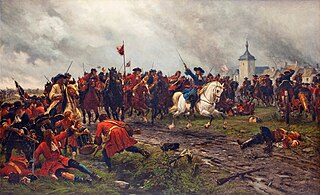
The Battle of Landen, also known as Battle of Neerwinden took place on 29 July 1693, during the Nine Years' War near Landen, then in the Spanish Netherlands, now part of Belgium. A French army under Marshal Luxembourg defeated an Allied force led by William III.
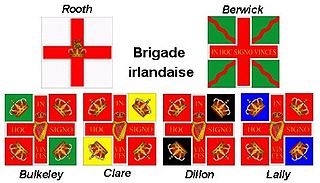
The Irish Brigade was a brigade in the French Royal Army composed of Irish exiles, led by Lord Mountcashel. It was formed in May 1690 when five Jacobite regiments were sent from Ireland to France in exchange for a larger force of French infantry who were sent to fight in the Williamite War in Ireland. The regiments comprising the Irish Brigade retained their special status as foreign units in the French Army until nationalised in 1791.
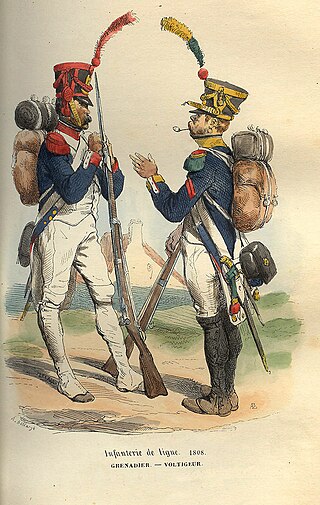
A facing colour, also known as facings, is a common tailoring technique for European military uniforms where the visible inside lining of a standard military jacket, coat or tunic is of a different colour to that of the garment itself. The jacket lining evolved to be of different coloured material, then of specific hues. Accordingly, when the material was turned back on itself: the cuffs, lapels and tails of the jacket exposed the contrasting colours of the lining or facings, enabling ready visual distinction of different units: regiments, divisions or battalions each with their own specific and prominent colours. The use of distinctive facings for individual regiments was at its most popular in 18th century armies, but standardisation within infantry branches became more common during and after the Napoleonic Wars.

Henry de Nassau, Lord Overkirk was a Dutch States Army officer and nobleman who was a second cousin of William III of England. He would come to play a prominent role in wars against the Kingdom of France, and led the Dutch army during the battles of Ramillies and Oudenarde. While Lord of Ouwerkerk and Woudenberg in the Netherlands, the English called him "Lord Overkirk" or "Count Overkirk".
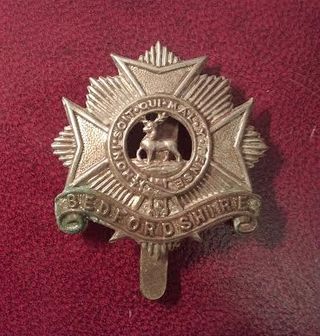
The Bedfordshire and Hertfordshire Regiment was the final title of a line infantry regiment of the British Army that was originally formed in 1688. After centuries of service in many conflicts and wars, including both the First and Second World Wars, the regiment was amalgamated with the Essex Regiment in 1958 to form the 3rd East Anglian Regiment. However, this was short-lived and again was amalgamated, in 1964, with the 1st East Anglian Regiment and 2nd East Anglian Regiment, and the Royal Leicestershire Regiment to form the present Royal Anglian Regiment.

Frederik Johan van Baer, Lord of Slangenburg was a Dutch States Army officer. He served under William of Orange in the Franco-Dutch War and Nine Years' War. He was to become a controversial figure for his role in the War of the Spanish Succession. While a talented general, he possessed a very difficult character. Slangenburg was often at odds with his fellow generals, especially the Allied commander-in-chief, the Duke of Marlborough. The hero status he acquired as a result of his conduct in the Battle of Ekeren couldn't prevent his eventual dismissal during the 1705 campaign. Leading writer Thomas Lediard to remark that Slangenburg: lost by his tongue what he had gained by his sword.

The 5th Dragoon Guards was a British army cavalry regiment, officially raised in January 1686 as Shrewsbury's Regiment of Horse or the Earl of Shrewsbury's Horse.
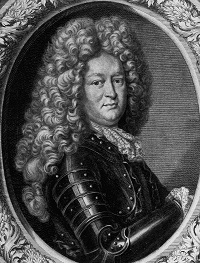
Louis Crato, Count of Nassau-Saarbrücken was a German aristocrat and soldier who succeeded his father as Count of Nassau-Saarbrücken.

Walrad Usingen of Nassau, was from 1659 Count, and from 1688 Prince of Nassau-Usingen and founder of Usingen line of the House of Nassau. He served for most of his career as a general in the Dutch States Army.
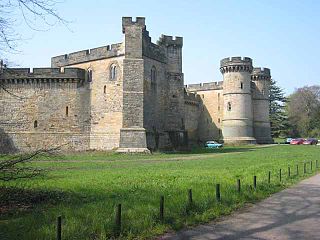
Sir Henry Belasyse, also spelt Bellasis, was an English military officer from County Durham, who also sat as MP for a number of constituencies between 1695 and 1715.

Lieutenant-General George Ramsay was a younger son of the Earl of Dalhousie and Scottish professional soldier.
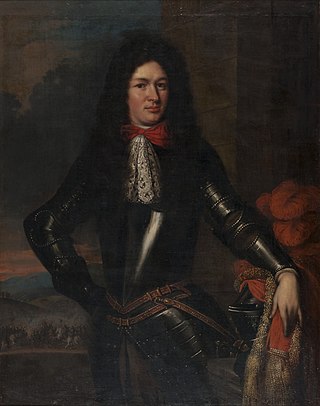
François Nicolas Baron Fagel was a Dutch States Army officer and nobleman. He was a nephew of Gaspar Fagel and took part in many battles during his career. As an infantry officer, he played an important role several battles, including the Battle of Landen, the Battle of Ekeren and the Battle of Malplaquet. From 1704 to 1705, he commanded, Allied forces in Portugal in concert with the Earl of Galway. He also was a siege expert and led the sieges of Béthune, Bouchain and Le Quesnoy in 1710, 1711 and 1712 respectively. He was the son of Nicolaas Fagel, mayor of Nijmegen, and Elisabeth Robbé.
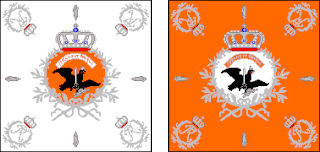
The 1st Prussian Infantry Regiment was a line infantry regiment of the Old Prussian Army which had initially formed part of the Prussian Life Guard, but later transferred to the line. After notably serving in the War of the Austrian Succession and Seven Years' War, the regiment was demolished following the Battle of Auerstadt. A small part of the regiment went on to help form the famed 8th Life Infantry Regiment, which in turn would serve notably till its disbandment after World War I.

Claude Frederic t'Serclaes, Count of Tilly was a Dutch States Army officer and nobleman. He took part in the Franco-Dutch War, Nine Years' War and the War of the Spanish Succession and proved a brave and capable cavalry general. In 1708 he became the de facto supreme commander of the Dutch army, and led the Allied forces together with the Duke of Marlborough and Eugene of Savoy.
Jacques-Louis, Comte de Noyelles was a Walloon military officer in the service of the Dutch Republic between 1672 and 1708. He was also named an Austrian Field Marshal. He served in the Franco-Dutch War, the Glorious Revolution, the Nine Years' War, and the War of the Spanish Succession in both the northern and the Iberian theatres of that war.

Frederick Christiaan van Reede, 2nd Earl of Athlone was a Dutch States Army officer, diplomat and nobleman who fought during the Nine Years' War and the War of the Spanish Succession.



















